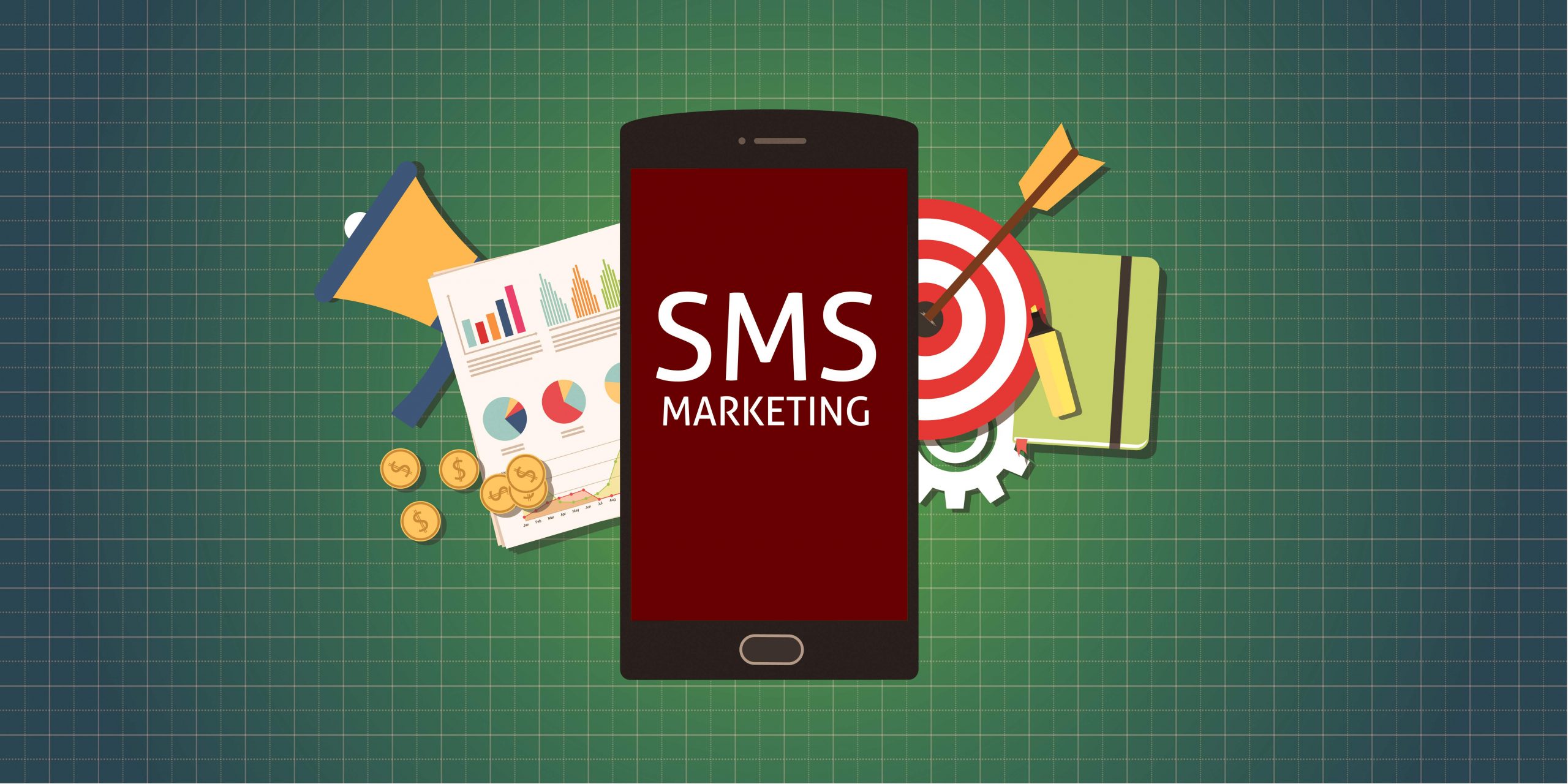Strategies for Collecting Phone Numbers
- Opt-in at Checkout: When customers make a purchase or interact with your business, offer them the option to subscribe to your SMS marketing list. Make sure the process is straightforward and transparent, explaining the value of receiving text messages from your brand.
- Contests and Giveaways: Running contests or giveaways that require participants to provide their phone numbers is an excellent way to grow your SMS marketing list. Ensure that the terms clearly state how their information will be used.
- Keyword and Short Code: Implement a keyword and short code system where customers can text a specific word to a designated number to subscribe. For example, "Text 'DEALS' to 12345 to receive exclusive discounts."
- Website and Landing Pages: Include prominent sign-up forms on your website and landing pages. Make them mobile-friendly and highlight the benefits of joining your SMS marketing list.
- Social Media Promotion: Leverage your social media platforms to promote SMS marketing subscriptions. Create engaging posts that encourage followers to join your text message list for exclusive content or offers.
- In-Store Sign-Ups: If you have physical locations, offer in-store sign-up options. Train your staff to inform customers about the benefits of subscribing to your SMS marketing list.
- Email Campaigns: Utilize your email marketing campaigns to cross-promote your SMS list. Include links and incentives for subscribers to join both lists, emphasizing the unique advantages of SMS marketing.
Segmenting SMS Marketing Lists
Segmentation is the process of dividing your SMS marketing list into smaller, targeted groups based on specific criteria. This strategy allows you to send more relevant and personalized messages to each segment, increasing engagement and conversion rates.
1. Demographics
Segment your list based on demographic factors such as age, gender, location, and income. This information can help you tailor your messages to different audience segments more effectively.
2. Purchase History
Segment your list according to the purchase history of your subscribers. Send personalized offers or product recommendations to customers based on their past purchases.
3. Behavior and Engagement
Identify and segment your subscribers based on their engagement level. Some subscribers may be highly engaged and open to frequent communication, while others prefer less frequent interactions. Adjust your messaging accordingly.
4. Location-Based Segmentation
Leverage geolocation data to send targeted messages to subscribers based on their location. This can be particularly useful for businesses with multiple physical locations or events.
5. Preferences and Interests
Segment your list according to subscriber preferences and interests. Use the information collected during the sign-up process to deliver content that aligns with what your subscribers care about.
6. Lifecycle Stage
Consider the stage of the customer lifecycle in your segmentation strategy. Subscribers who are new to your brand may benefit from different messages than loyal, long-term customers.
7. Abandoned Carts
Create a segment for subscribers who have abandoned their shopping carts. Send them personalized reminders and incentives to complete their purchases.
Segmenting your SMS marketing list allows you to deliver more targeted, valuable, and personalized messages, resulting in higher engagement and conversion rates. It's an essential practice for maximizing the effectiveness of your SMS marketing campaigns.
In conclusion, building and segmenting SMS marketing lists is a fundamental part of any successful SMS marketing strategy. By employing effective strategies to collect phone numbers and applying smart segmentation techniques, you can engage your audience more effectively, drive conversions, and build lasting customer relationships. Keep in mind that respecting privacy and gaining explicit consent is always the first step in building a strong SMS marketing list.
